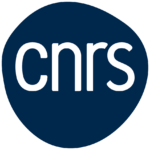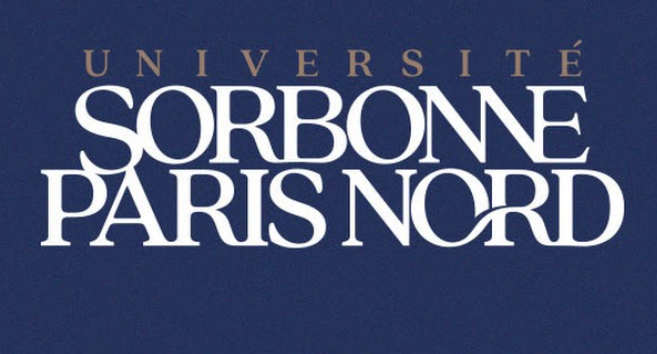RESEARCH SCHOOL
Complexity as a kaleidoscope
Le kaleidoscope de la complexité
31 March – 4 April, 2025

Scientific Committee
Comité scientifique
Sophie Huiberts (CNRS, Université Clermont Auvergne)
Joanna Fijalkow (CNRS, Université de Bordeaux)
Sylvain Perifel (Université de Paris)
Susanna Rezende (Lund University)
Thomas Seiller (CNRS, Université Sorbonne Paris-Nord)
Organizing Committee
Comité d’organisation
Alex Bredariol Grilo (CNRS, Sorbonne Université)
Sophie Huiberts (CNRS, Université Clermont Auvergne)
Joanna Fijalkow (CNRS, Université de Bordeaux)
Susanna Rezende (Lund University)
Thomas Seiller (CNRS, Université Sorbonne Paris-Nord)
Computational complexity theory was born more than 60 years ago when researchers started asking themselves what could be computed efficiently. Classifying problems or functions with respect to the amount of resources (e.g. time and/or space) needed to solve or compute them turned out to be an extremely difficult question. This has led researchers to develop a remarkable variety of approaches, employing different mathematical methods and theories.
The future development of complexity theory will require a subtle understanding of the similarities, differences and limitations of the many current approaches. In fact, even though these approaches study the same phenomenon, they are developed today within disjoint communities, with little or no communication between them (e.g. algorithms, logic, programming theory, algebra etc.). This dispersion is unfortunate since it hinders the development of hybrid methods and more generally the advancement of computational complexity as a whole
La théorie de la complexité est née il y a plus de 60 ans lorsque les chercheurs ont commencé à se demander ce qui pouvait être calculé efficacement. La classification des problèmes ou des fonctions selon la quantité de ressources (par exemple, le temps et/ou l’espace) nécessaires pour les résoudre ou les calculer s’est avérée être une question extrêmement difficile. Cela a conduit les chercheurs à développer une variété remarquable d’approches, en utilisant différentes méthodes et théories mathématiques.
Le développement futur de la théorie de la complexité nécessitera une compréhension subtile des similitudes, des différences et des limites des nombreuses approches actuelles. En effet, bien que celles-ci étudient le même phénomène, elles sont aujourd’hui développées au sein de communautés disjointes, avec peu ou pas de communication entre elles (par exemple, algorithmes, logique,théorie de la programmation, algèbre, etc.) Cette dispersion est regrettable car elle freine le développement des méthodes hybrides et plus généralement l’avancement de la théorie de la complexité dans son ensemble.
LONG LECTURES
Antonina Kolokolova (Memorial University of Newfoundland) Metacomplexity
Richard Kueng (Johannes Kepler University Linz) Quantum information and complexity
Heiko Röglin (University of Bonn) Complexity beyond worst-case analysis
Amir Yehudayoff (University of Copenhagen & Technion-IIT) Communication complexity
SHORT LECTURES
Tali Kaufman (Bar-Ilan University) High dimensional expanders
Akitoshi Kawamura (Kyoto University) Higher-order complexity








